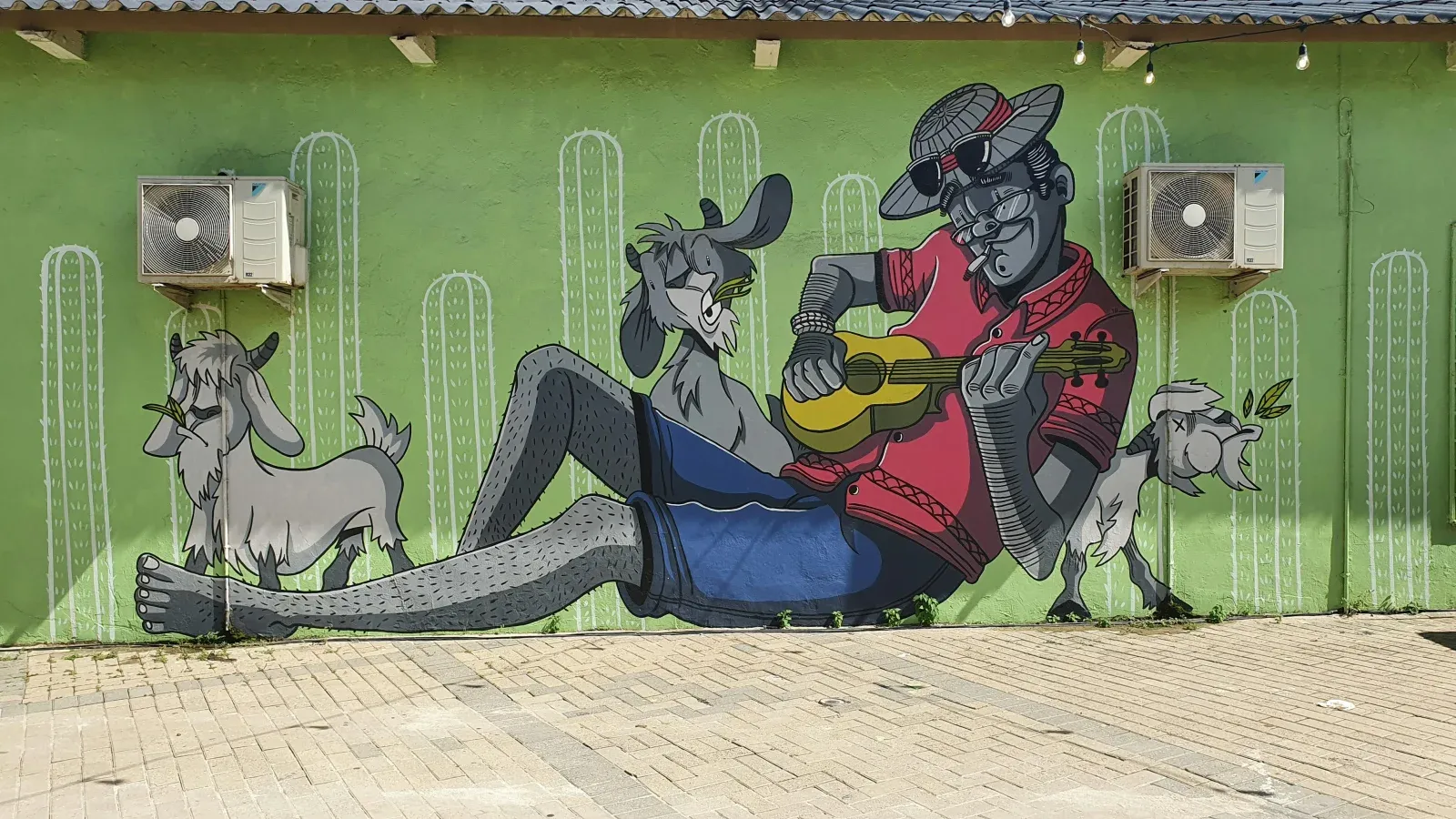Kralendijk, Bonaire
As part of the Serernade of the Seas 2025-26 Itinerary
When we visit Kralendijk, Bonaire, we discover a small yet captivating town known for its laid-back charm, colorful waterfront, and world-class marine life. Famous among divers and snorkelers, Bonaire’s coral reefs are among the healthiest in the Caribbean, offering us incredible underwater encounters just steps from shore. We can explore Klein Bonaire, a small uninhabited island perfect for beach lovers, or wander through Kralendijk’s local markets, where handmade crafts and Caribbean flavors fill every corner.
An interesting curiosity is that Bonaire has long been a pioneer in marine conservation, with a protected marine park surrounding the entire island since the 1970s. While exploring, we might spot wild flamingos at the salt flats or visit the historical Slave Huts, which tell stories of the island’s past. With its blend of natural wonders and cultural heritage, Kralendijk offers us a peaceful yet fascinating stop on our Serenade of the Seas journey.

Fort Orange & Kralendijk Lighthouse
Standing sentinel since the 17th century, Fort Orange was first built in 1639 by the Dutch West India Company and is Bonaire’s oldest surviving structure.
Its thick coral walls and cannons witnessed British occupation in 1804, and after the island returned to Dutch hands in 1816, the fort was rebuilt and renamed. Nestled inside sits the lighthouse—originally wooden, later replaced in 1932 with the iconic ochre stone tower that remains active today.

Churches & Historical Monuments
Wander the shaded sidewalks of Kaya Grandi to discover over 25 historic monuments. Notables include the St. Bernard Church, first built in the 18th century and reconstructed in 1948, with its bright yellow‑white Façade and services in local Papiamentu. You’ll also spot the Protestant Church (1847/1868), World War II and Simón Bolívar monuments, and Pasangrahan, a former governor’s home turned Parliament. Each structure whispers tales of faith, colonial governance, and community resilience

Kaya Grandi & Plaza Wilhelmina
The town’s vibrant pulse emerges along Kaya Grandi, a grand coral‑stone street lined with colorful structures that once housed merchants and craftsmen. At its center sits Plaza Wilhelmina, a leafy square framed by stately colonial buildings. On cruise ship days, this plaza transforms into a lively marketplace, brimming with local crafts and island flavor. It’s an idyllic spot for indulging in people‑watching and slow‑paced island life .

Te Amo Beach
Just south of downtown, Te Amo Beach is a pristine public haven with powdery sand and calm turquoise waters. This tranquil cove is perfect for swimming, lounging, or snorkeling a reef that begins mere meters from shore. Popular with both locals and visitors, it serves as your peaceful escape without needing a resort entry pass .

Washington Slagbaai National Park
A few miles north of Kralendijk lies Washington Slagbaai National Park, a sprawling protected area spanning dry forest, dramatic cliffs, salt flats, and secluded beaches. Named after Mount Brandaris, the island’s highest peak, it offers scenic hiking, wildlife viewing (think flamingos and iguanas), and snorkeling off undeveloped coves. It’s Bonaire in its wildest, most enchanting form.

Salt Pier & Flamingo Pans (Pekelmeer)
Just outside town you’ll find the iconic Salt Pier, where massive salt ships dock against flamingo‑pink water. Nearby at Pekelmeer, endless shimmering pans provide habitats for Bonaire’s famed flamingo flocks. A stroll along the pier at dusk reveals a surreal landscape of pastel skies, graceful birds, and industrial geometry—a photographer’s dream .





